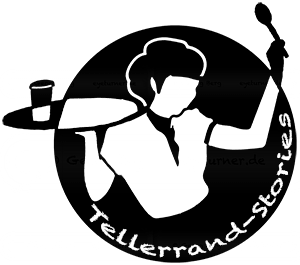In Cognac on the Charente, everything revolves around the famous brandy. To this day, there are around 260 cognac houses. Among the best known are the market leaders Hennessy and Rémy Martin. The Baron de Otard house is one of the oldest and richest in tradition. In the former château, it is not only the alcohol fumes from the cognac that permeate the walls – the building itself also tells the story of King François I.
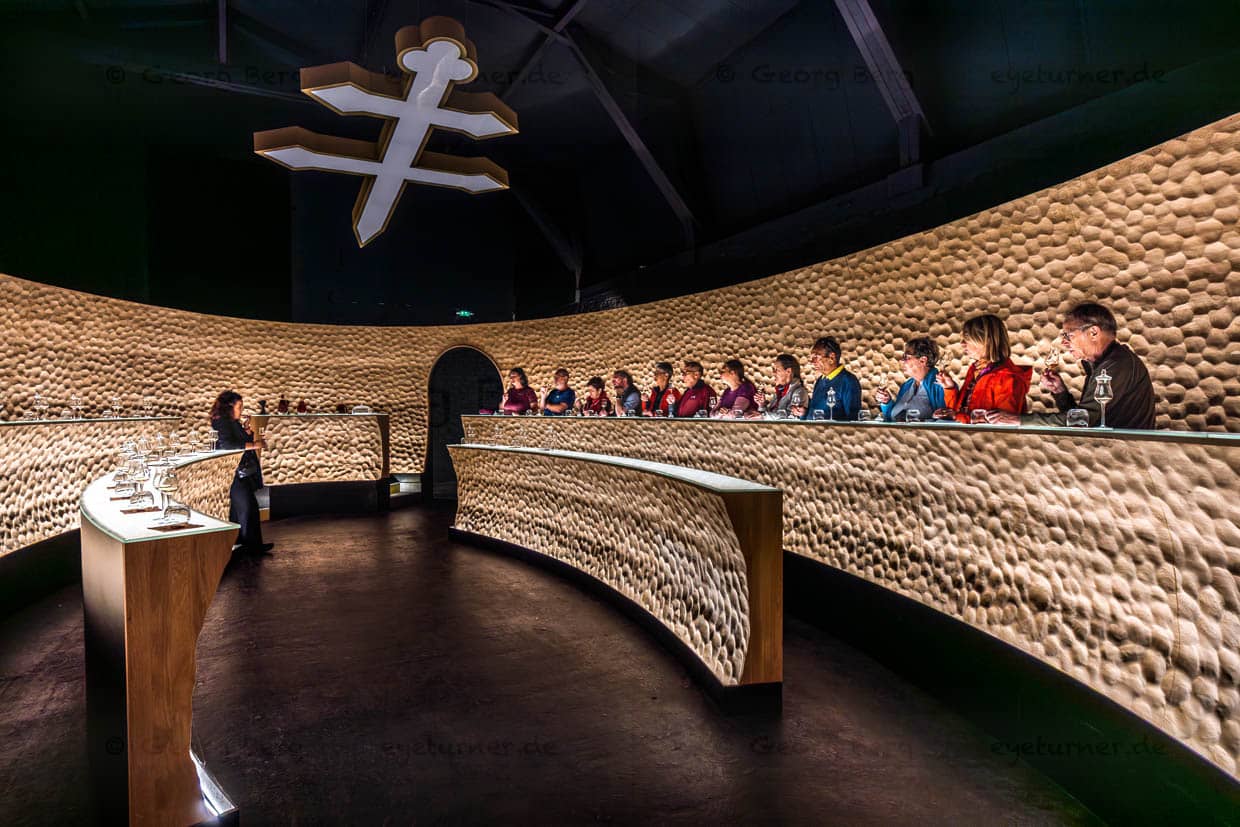
From the royal castle to the cognac house
The Cognac house Baron de Otard was founded by Jean-Baptiste Antoine Otard in 1795. The baron chose the château as his company headquarters – not out of royalist sentiment, but out of prudent consideration. The French Revolution had just ended its bloody phase and the guillotine had fallen silent. Otard, himself a nobleman and once under threat, returned from exile and bought the château, which had been expropriated during the Revolution and sold as national property.
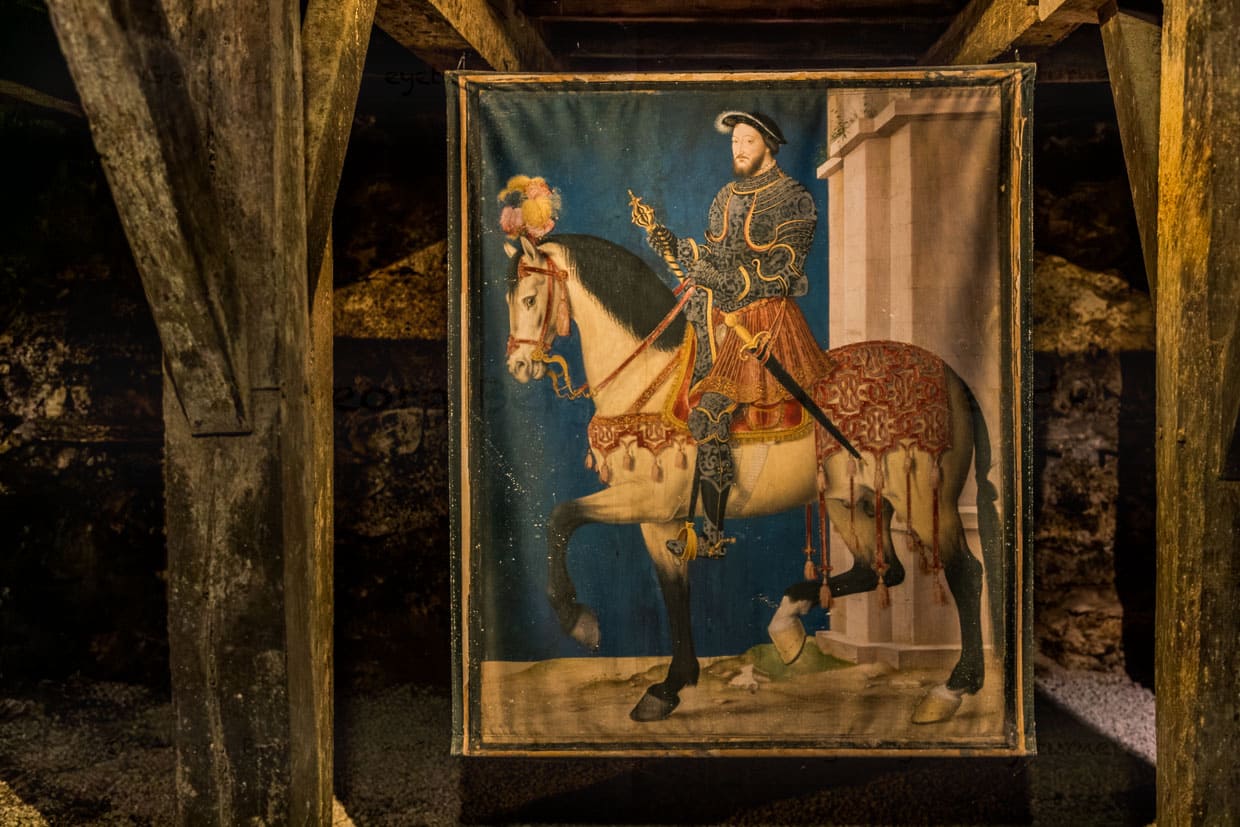
The fact that King François I was born here in 1494 probably only played a minor role for Otard. More important was the château’s ideal location on the Charente River, which served as a transportation route for cognac barrels. François I once had the château converted into a magnificent Renaissance residence. The famous façade on the riverbank and many ornate details date from his time.
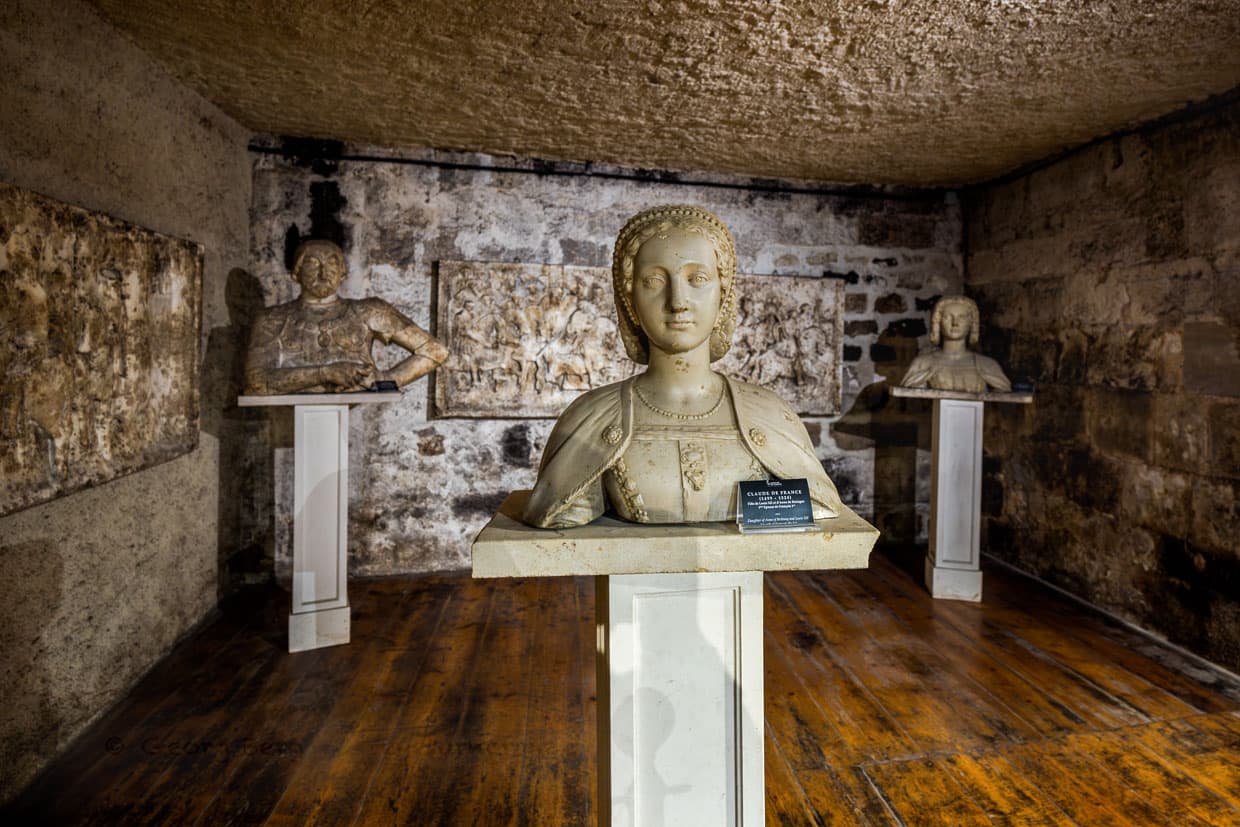
Today, visitors to the Baron de Otard Cognac House experience this double history. The guided tours combine the art of cognac production with the eventful past of the former royal residence – a successful mix of enjoyment and history.
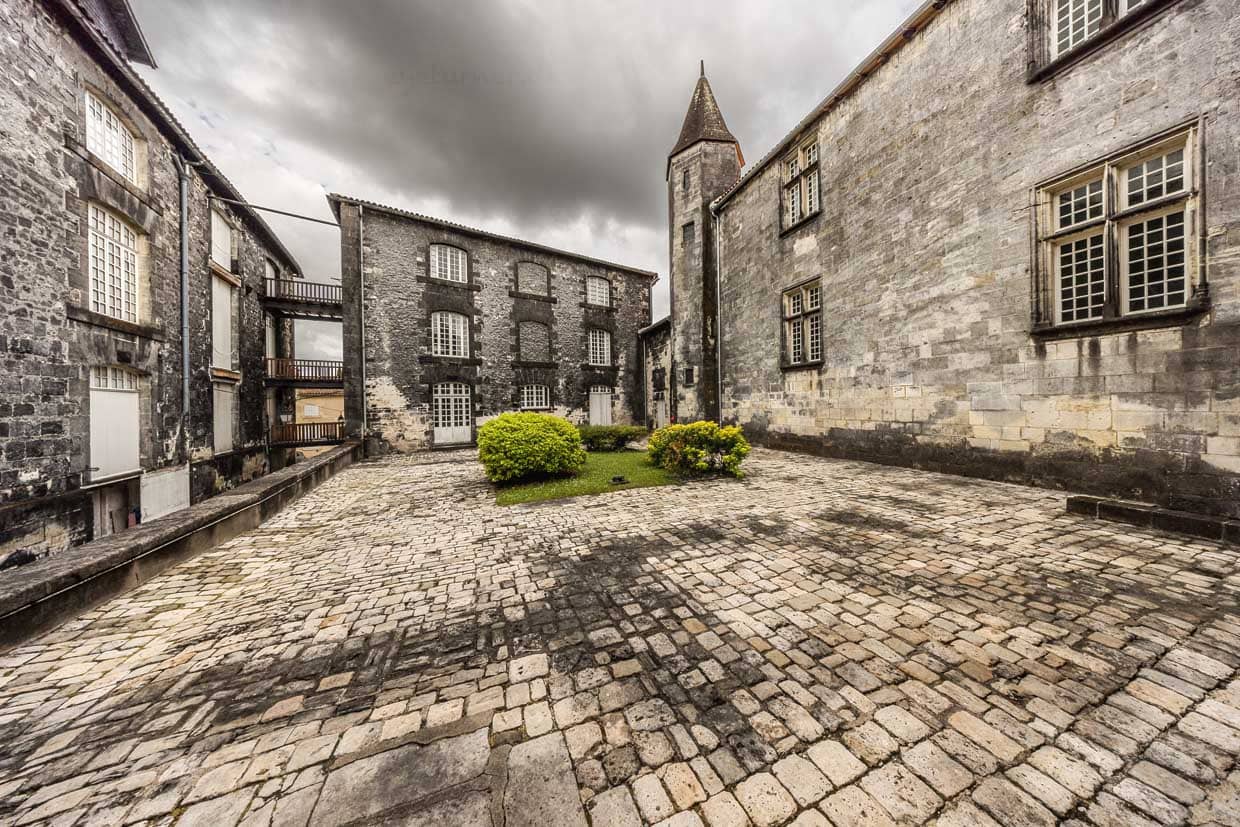
The perfect vault
Baron Otard was particularly impressed by the thick walls and cool cellars of the château in 1796, one year after founding his brandy production business, and immediately realized that they were ideal for storing cognac barrels. Cognac production has left visible traces in the town – many buildings wear a black veil. The walls of the maturing cellars in particular are deep black. This is where the cognac fungus (Baudoinia compniacensis) has spread. It thrives wherever alcohol evaporates in large quantities. The so-called angel parts – the alcohol vapors – create perfect conditions for the fungus, which settles as a black coating on stone and masonry. The dark cellar walls are therefore a direct result of the production of spirits and a symbol of the long cognac tradition.
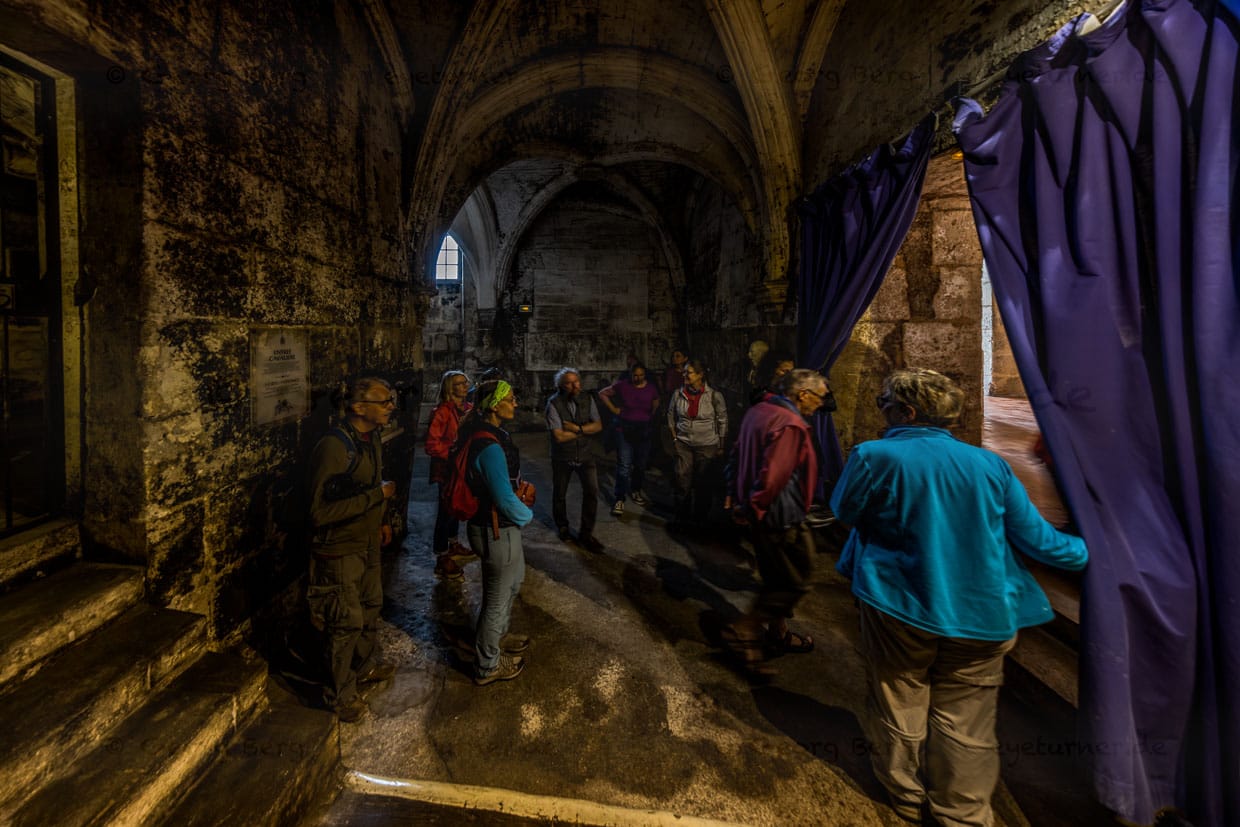
In vino veritas
Cognac derives its aroma solely from wine and the wood of the oak barrels. With its partly Atlantic and partly continental climate, the Cognac region offers ideal conditions for the cultivation of robust, acidic white wines such as Ugni Blanc. Once the wine has fermented, it is double distilled in copper stills. The resulting eau-de-vie must mature for at least two years in Limousin oak barrels before it can be called Cognac. Each bottle of cognac bears a designation: VS (Very Special) guarantees two years of maturation, while VSOP (Very Superior Old Pale) stands for particularly high quality. Here, the youngest distillate must have matured for at least four years in wooden barrels, while the average age of the brandies is often between five and ten years. Today, almost every tour of a spirits producer’s cellar ends in an elegant sales room, where souvenirs are offered alongside the cognac.
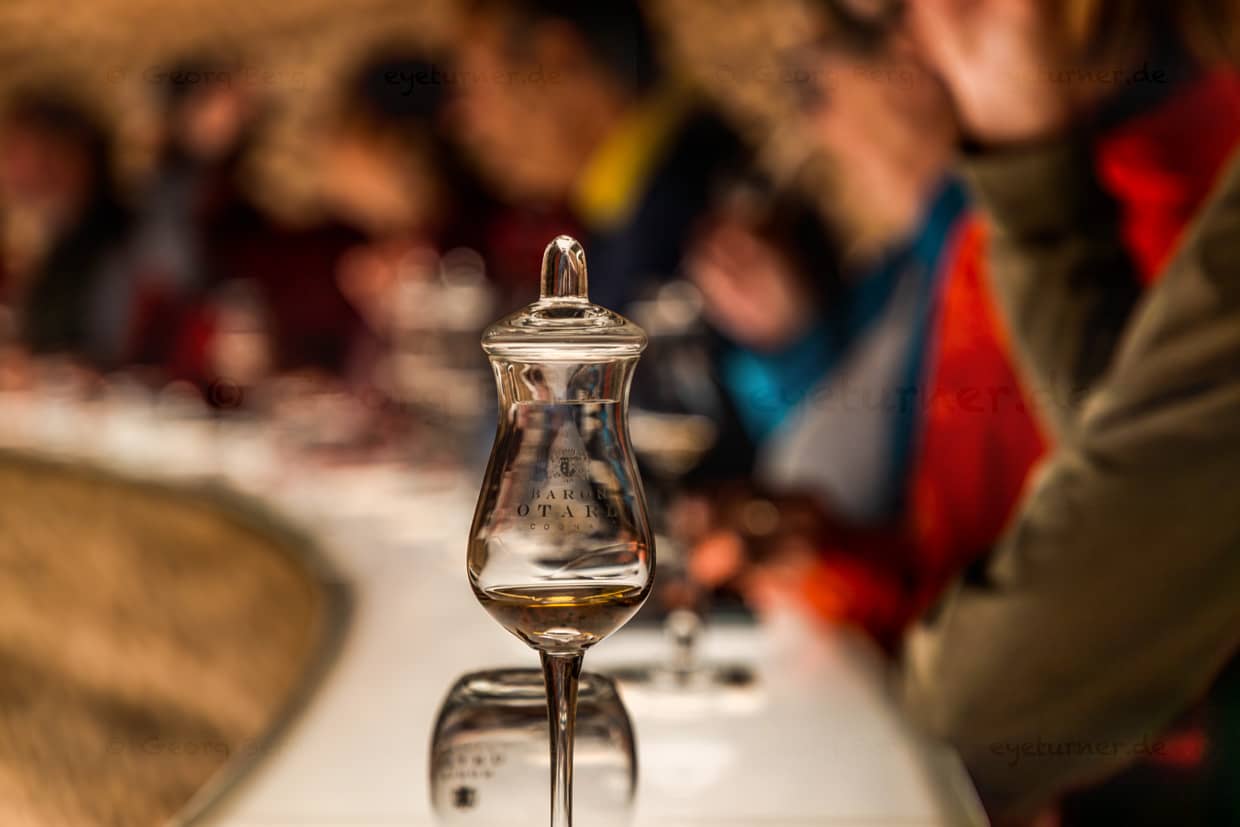
Museum-ready
In Cognac, a dedicated museum pays tribute to the elegant brandy that has also set the tone in the fashion world with the color Cognac for over 100 years. Centrally located between the city center and the Hennessy distillery, it showcases the history, culture and production of the famous spirit. The museum appeals to beginners and connoisseurs alike: It sheds light on the development of cognac, regional characteristics, distillation, trade and its importance for the Charente region. A visit is particularly worthwhile as a prelude to a guided tour and tasting at one of the cognac houses.
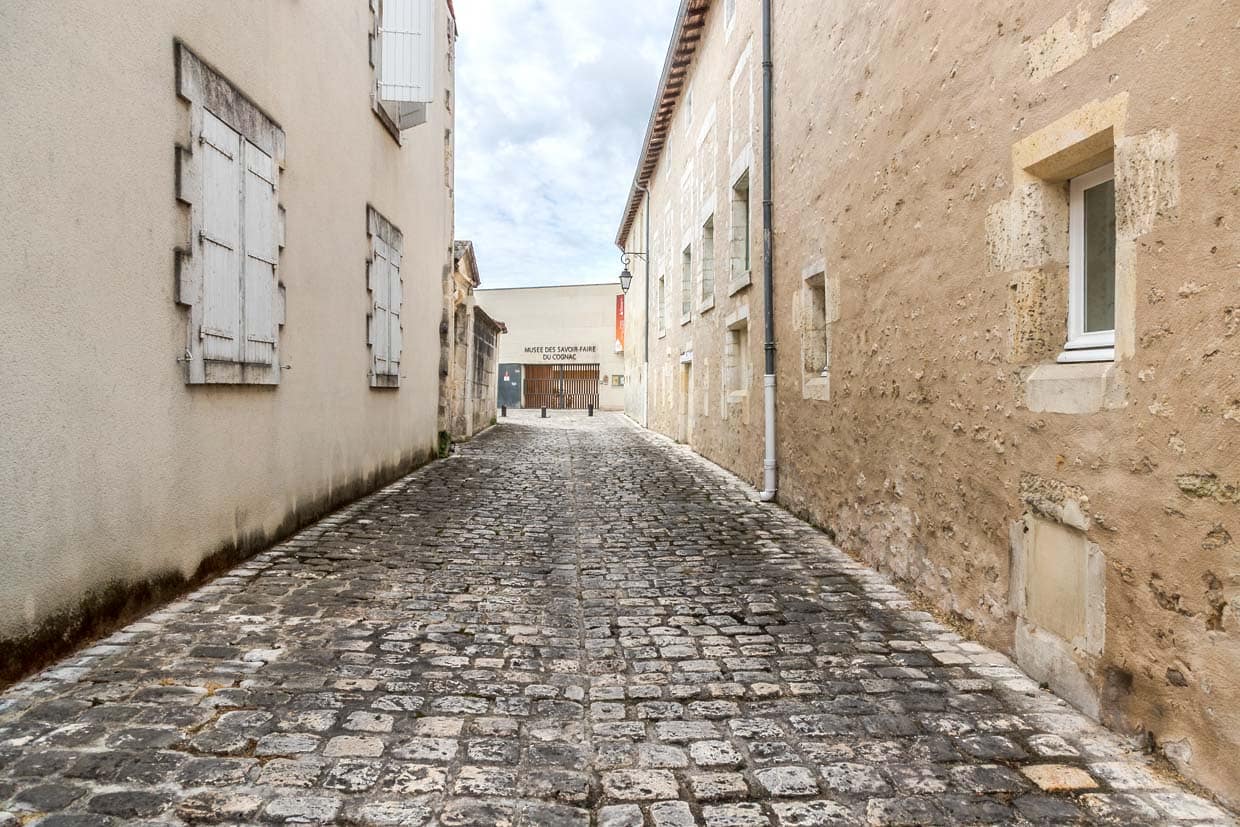
Quo vadis Cognac?
The heyday of cognac as a stylish digestif is over. The consumption of spirits is falling. Even in France, people are increasingly turning to lighter drinks. Beer is becoming increasingly popular there, while demand for brandy and even wine is declining. For cognac producers, this means tapping into new markets – in Singapore and South Africa, for example. Just like absinthe, cognac is set to gain a foothold in the bar scene as a cocktail base. In addition, the city of Cognac, the namesake of the noble drop, how Spiritourism works perfectly.
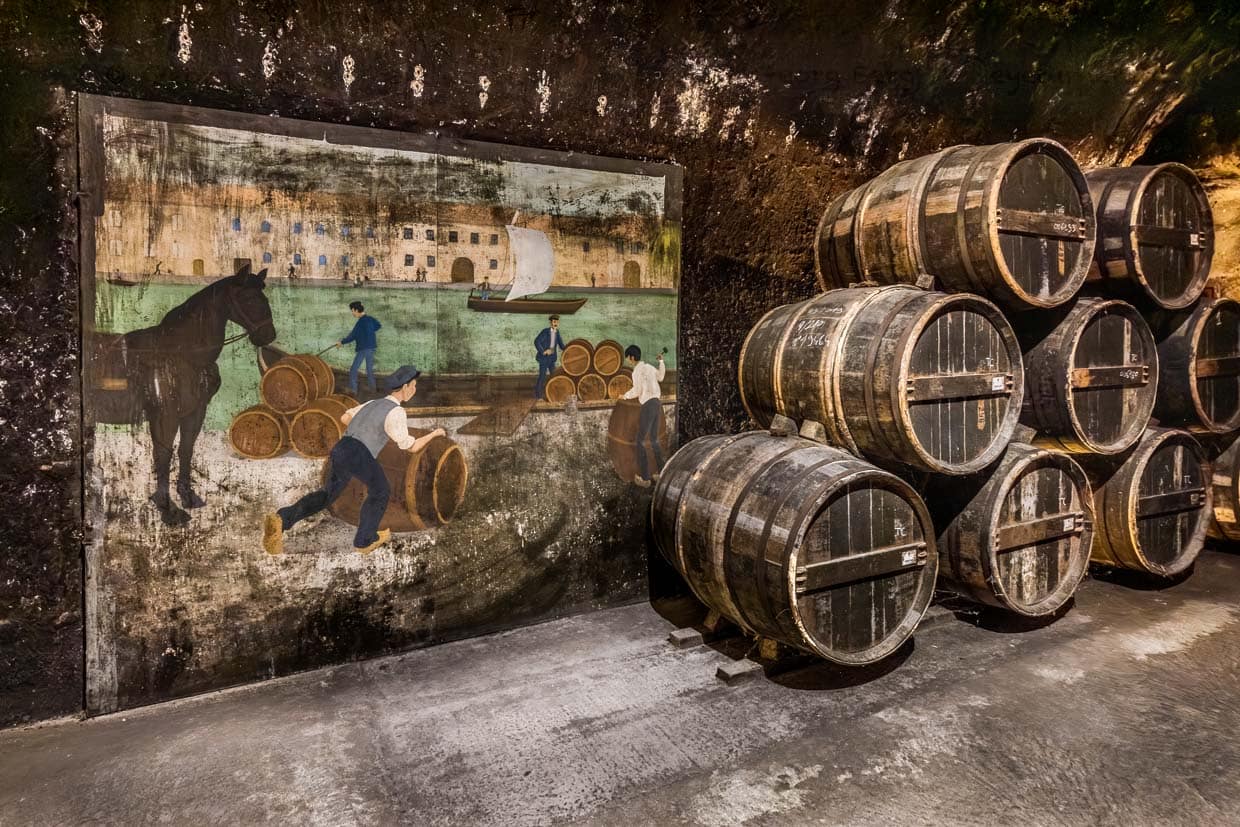
Highlights in Nouvelle-Aquitaine
The Charente winds its way through the French region of Nouvelle-Aquitaine for 380 kilometres. Its course leads from the mountainous headwaters over rolling hills and vineyards to the maritime floodplains at the estuary. From Angoulême, the French capital of comics, the river is navigable all the way to the Atlantic at Rochefort. It was once the main transport route for cognac production. Today, cognac houses and winegrowers invite you to take part in spirit tourism, while cycle paths such as the Flow Vélo take you past picturesque villages, old stone bridges, a rare floating ferry, water mills, castles and the historic centre of Angoulême. The Charente is still an insider tip, as it is one of the most unspoilt river landscapes in France: hardly any mass tourism, but plenty of nature, tranquillity and enjoyment. The small island of Aix was once a bulwark to protect the Charente estuary from enemy fleets and is now a popular destination for a day trip to the sea. There is also plenty to discover in Nouvelle-Aquitaine away from the Charente. For example, some skewered plate art made us think outside the box once again. The city of Poitiers, halfway between Paris and Bordeaux, was the centre of power in the Middle Ages and offers immersive cinema at the Futuroscope leisure park. The city of Limoges is famous for its French porcelain, and a tour of the city provides an insight into the art of porcelain making. There are also great museums dedicated to the history of porcelain art . The journey continues to the Creuse and Berry region. It is the home of the writer George Sand and the cradle of tapestry in France. In A Carpet for George Sand, the two themes are linked. The Cité internationale de la Tapisserie in Aubusson shows that carpets are not the dusty art of bygone days.
The research trip was supported by Nouvelle-Aquitaine Tourism and Die Landpartie
